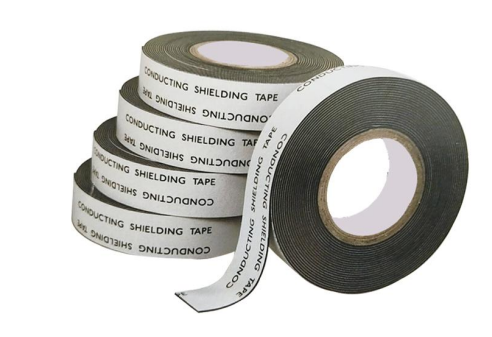The Versatility of Self-Adhesive Tape A Comprehensive Guide
Self-adhesive tape, commonly known as sticky tape, is a ubiquitous tool found in households, offices, schools, and various industries around the world. This seemingly simple product has evolved over time and is now available in a wide array of styles, materials, and applications, making it an essential item in everyday life.
The Construction of Self-Adhesive Tape
At its core, self-adhesive tape consists of a backing material coated with an adhesive on one side. The backing can be made of paper, plastic, or fabric, depending on the desired characteristics. The adhesive itself can vary in strength, providing options ranging from easily removable varieties to strong, permanent bonds. The convenience of self-adhesive tape lies in its ability to stick to a variety of surfaces without the need for additional glues or fasteners.
Varieties of Self-Adhesive Tape
1. Transparent Tape Often used for wrapping presents, repairs, and everyday tasks, transparent tape offers a clean and nearly invisible finish. It is ideal for use on paper, making it a staple in offices and schools.
2. Duct Tape A heavy-duty variant known for its exceptional strength and versatility, duct tape can bond to various materials, including wood, fabric, plastic, and metal. Though originally designed for HVAC applications, its uses have expanded dramatically to include everything from home repairs to crafting and even automotive fixes.
3. Masking Tape This is a paper tape with low adhesive properties that effectively covers areas during painting or other projects, preventing unwanted paint splatters. It can be easily removed without leaving residue, making it ideal for both professional and DIY projects.
4. Double-Sided Tape This type of tape features adhesive on both sides, allowing for a seamless bond between two surfaces. It is frequently used in crafting, mounting photos, or securing various items where visibility of tape is a concern.
self-adhesive tape

5. Electrical Tape Designed to insulate electrical wires and connections, electrical tape is made from PVC or similar materials that withstand heat and provide good durability. It’s a crucial tool for electricians and DIY enthusiasts alike.
6. Foam Tape With its cushioning properties, foam tape is ideal for applications requiring shock absorption. It is often used for mounting items, sealing gaps, and providing insulation against sound and moisture.
Applications of Self-Adhesive Tape
The applications of self-adhesive tape are virtually limitless
. In the home, it serves a variety of functions, from mending torn papers to organizing cables and securing loose items. In the office, it is indispensable for packaging, document organization, and creating presentations.Moreover, in the industrial sector, self-adhesive tape plays a vital role in manufacturing and assembly lines. It is used for labeling, bundling products, insulating electrical components, and even in quality control processes.
In arts and crafts, self-adhesive tape is a favored medium for creatives. It is often used in scrapbooking, card making, and other artistic endeavors, valued for its ease of use and the neat finishes it provides.
Conclusion
Self-adhesive tape, although a small and often overlooked item, holds tremendous value in both practical applications and creative endeavors. Its versatility, convenience, and effectiveness make it an indispensable tool for a wide range of users. As technology advances and new materials are developed, the possibilities for self-adhesive tape continue to expand, ensuring that it will remain a staple in our lives for years to come.
Whether you are a student, a professional, an artist, or simply someone who enjoys the comforts of home DIY projects, keeping a roll or two of self-adhesive tape at hand can prove invaluable. Its ability to bring together disparate items and ideas in a cohesive manner reflects a broader desire for simplicity and functionality in our increasingly complex world.
-
XIANGFAN Rubber Tape-Ultimate Solutions for All Your Insulation NeedsNewsJun.24,2025
-
XIANGFAN Rubber Tape-Protection for Industrial and Residential ApplicationsNewsJun.24,2025
-
XIANGFAN Rubber Tape: Superior Safety and Sealing for Demanding EnvironmentsNewsJun.24,2025
-
XIANGFAN Rubber Tape: Reliable Solutions for Every Electrical ChallengeNewsJun.24,2025
-
XIANGFAN Electrical & Industrial Tape: Powering Reliability Across IndustriesNewsJun.24,2025
-
XIANGFAN Electrical & Industrial Tape: Excellence in Every ApplicationNewsJun.24,2025
